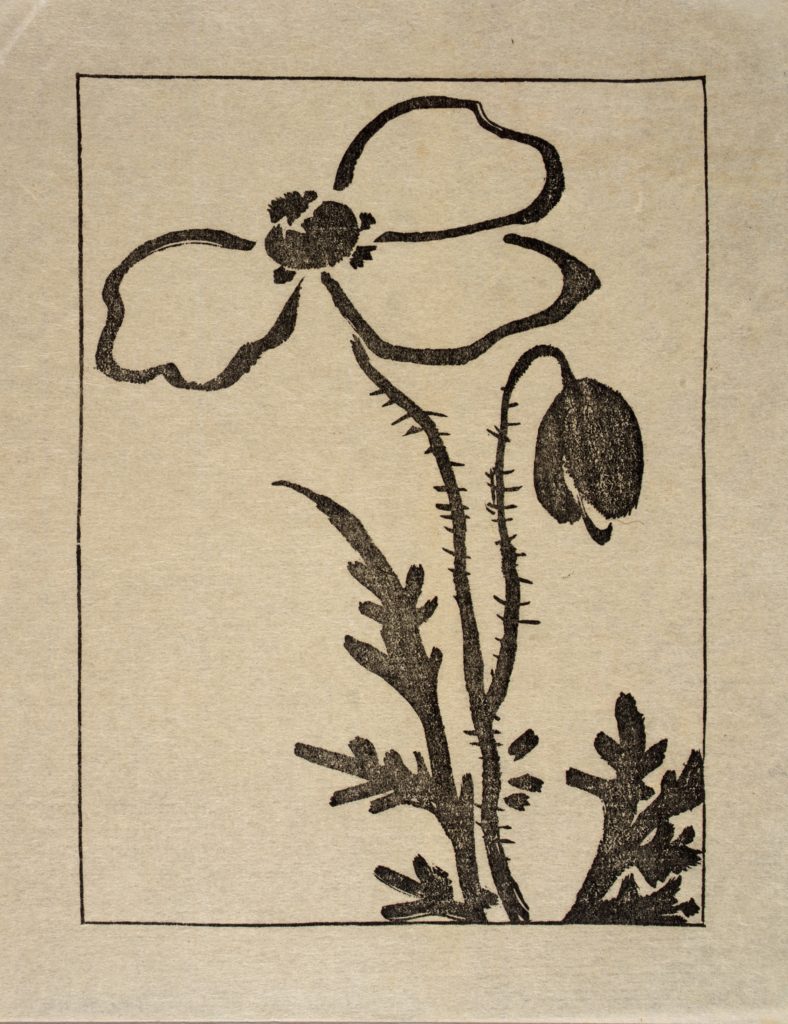nav
3 Tips for Locating Service Records
August 9, 2022

Locating service records can be difficult, so if you are looking for an ancestor’s service record but have had no luck, then this blog post is for you!
* Note: while the tips in this post can be applied to any military research I will be primarily focusing on research tips for WWI and WWII service records in this blog post.
What is a service record?
Service records are a collection of records pertaining to a soldier while they were enlisted in the army. They provide an often detailed history of what the soldier did during the war, including, but not limited to:
- Regiments or battalions they were part of.
- Their rank.
- Age, birthplace, next of kin.
- Battles or campaigns they fought in.
- Any injuries they sustained and hospitals they were treated in.
- If applicable, where they died and their cause of death.
- Records of misdemeanors or court martial.
- Correspondence to and from the war office or from loved ones.
Tip #1: Name:
While it may seem really obvious, searching for all of your soldier’s names is a must. Make sure to include your soldier’s middle name in your search as well, as some authorities could be pretty strict about having all the correct details for enlisted soldiers. Make sure to reverse the names too, e.g Henry James Smith – James Henry Smith. Also, make sure to search for both their birth names and nicknames, e.g John/Jack or Henry/Harry. Start with the narrowest, most exact search and then broaden your search parameters.
Tip #2: Study any artifacts:
Do you have some medals, photographs, badges or other military artifacts in your archives? Gather them together and really examine them. Is your solder wearing any badges or insignia? This can point the way to the regiment or battalion they served in. Also, are they wearing a gun belt or holding any equipment which could indicate their role? What type of medals do they have? Does their badge have colours or logo on it specific to a particular battalion?
Also scrutinise the artifacts in your collection for any numbers written on the back of a photo or engraved on a medal as these are usually service numbers.
Which brings us to…
Tip #3: If you can, locate their service number:
Service numbers (sometimes known as serial numbers) are the backbone for military research. They are a unique set of numbers allocated to a soldier when they enlist (e.g 1894, ). With a service number, you can pinpoint their service record. It’s worth noting though, that if a soldier died during the war, their service number was sometimes allocated to a new recruit, so use your discretion if two service records with the same number show up.
Service numbers are often engraved on medals or on honour boards or memorials. If you know the town your soldier came from, their service number may be listed alongside their name on an honour board or memorial.
I hope these tips have helped, and as always, happy researching!
